Sierra CAMP and Climate Planning: CivicSpark Case Study
Nikki Caravelli, 2016-17 CivicSpark Fellow
Sierra Business Council
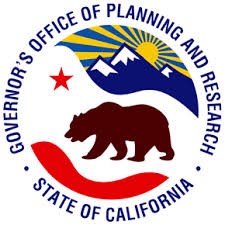
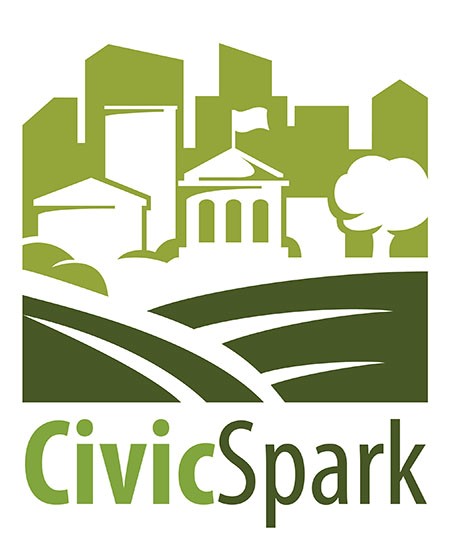
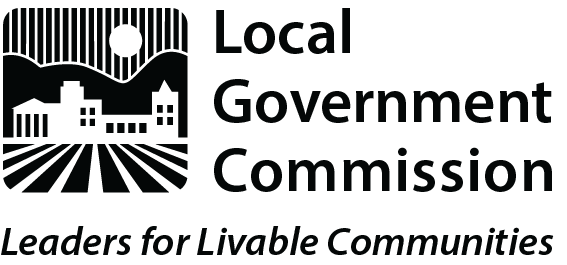
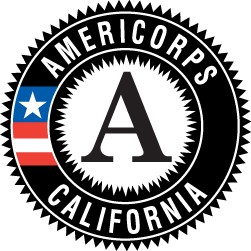
Summary
This CivicSpark project supported both Sierra Business Council’s Climate Planning program and the Sierra Climate Adaptation and Mitigation Partnership (Sierra CAMP). The Climate Planning team worked to implement the Energy Action Plans of Alpine County and Sierra County, mainly by promoting energy efficiency, renewable energy, and water efficiency. Sierra CAMP focused on network education and expansion through research, policy memos, events, and other climate action opportunities. The goal for both programs was to assist Sierra stakeholders in understanding adaptation and the tools needed to plan for climate change, and to promote community climate action and education. The Alpine County Energy Action Plan was adopted just after the start of the CivicSpark term on December 6, 2016 while the Sierra County Energy Action Plan was adopted just a month before on November 1, 2016. Sierra Business Council’s implementation support for both EAPs began in January 2017 and ended in September 2017.
Lead Agency and Partnerships
Sierra Business Council was the lead partner in these projects. For energy action plan implementation, partnerships with Sierra and Alpine County Planners were critical. Sierra CAMP worked with a number of partners throughout the year to vet and initiate various projects. Alliance for Regional Climate Collaboratives (ARCCA) was the principle vehicle by which Sierra CAMP worked to foster deeper urban-rural connections – the goal of which was to bridge gaps in resources and partnership to provide benefits for both sides. The Capital Region Climate Readiness Collaborative was a critical partner in developing a collaborative report, Green Infrastructure and the Oroville Dam, which highlights the necessity for green infrastructure projects upstream and downstream of urban spaces to mitigate downstream flooding. Valley Vision and Sierra CAMP recently partnered on a PG&E grant opportunity, which they were successfully awarded, to provide climate adaptation resilience support to small businesses; this project is expected to launch in 2018.
Drivers
The involvement of community members in the form of working groups in Alpine County and Sierra County were critical drivers of implementation projects.
Engagement Process
Vulnerable populations included the elderly and house-ridden, the Hung-a-lel-ti Tribe, and low income populations. Additional stakeholders included local health groups, homeowners’ associations and businesses, local land trusts, public agencies, school districts, and other organizations. Each of these stakeholders and others not mentioned face climate impacts due to decreasing snowpack, extreme precipitation events and associated flooding, drought, and wildfire. All of these impacts have the potential to isolate vulnerable populations, cut off emergency services, and disrupt power lines and water delivery especially during winter months.
To engage these populations on energy resilience and mitigation activities, a working group in each of Alpine and Sierra Counties was formed to guide the priorities and provide technical assistance for implementation. Further engagement consisted of outreach via local listservs, community newsletters and meetings, local newspaper articles, and fliers. Working group members promoted local energy programs and events, and assisted County staff and each other in completing energy audits, inventories, and other energy efficiency projects. Sierra CAMP engagement tactics included network email blasts, social media, webinars, and events. The Sierra CAMP membership base and broader network attended events and took advantage of action opportunities promoted by Sierra CAMP. Members and interested parties also attended Sierra CAMP educational webinars and read policy memos. Successful community engagement outcomes include the first ever Alpine County Community Energy Fair, five new Sierra CAMP members, and hundreds of impressions made (see additional information below on outcomes).
Climate Impact Area
The Sierra region is threatened by impacts related to decreasing snowpack, extreme precipitation events arriving more often as rain rather than snow, flooding, drought, and wildfire. All of these impacts have the potential to isolate vulnerable populations, cut off emergency services, and disrupt power lines especially during winter months. Sierra CAMP is a leading organization on climate action and resiliency in the Sierra, and provides resources, education, and other opportunities to learn about adaptation and build community resiliency. Indicators of engagement include the growing Sierra CAMP membership base, attendance numbers at Sierra CAMP webinars, and email engagement tracking metrics. Though this project did not specifically conduct greenhouse gas inventories, implementation of the energy action plans had a direct greenhouse gas reduction component through the promotion of energy and water efficiency and increased adoption of renewable energy.
Funding Source
PG&E sponsored much of the Climate Planning and Sierra CAMP project work, made possible by a public goods surcharge levied on PG&E ratepayers.
Research and Data
Both Safeguarding California and Cal-Adapt were used and promoted through the Sierra CAMP membership base, as well as the General Plan Guidelines Update. General project success metrics included 2 community events organized, 120+ community members engaged, 10+ local businesses engaged, 7 implementation workshops hosted, 15 volunteers recruited, 2 trainings hosted, 2 energy audits completed, 4 research memos completed, and 4 local government Beacon Program enrollments.
Challenges
Limited local government staff capacity in Sierra communities was a major challenge. To counter the barrier of limited staff time, the community working groups were able to provide support and accomplish tasks that the local governments would have been unable to accomplish otherwise. The CivicSpark Americorps Fellow provided coordination, facilitation, and resources for the group.
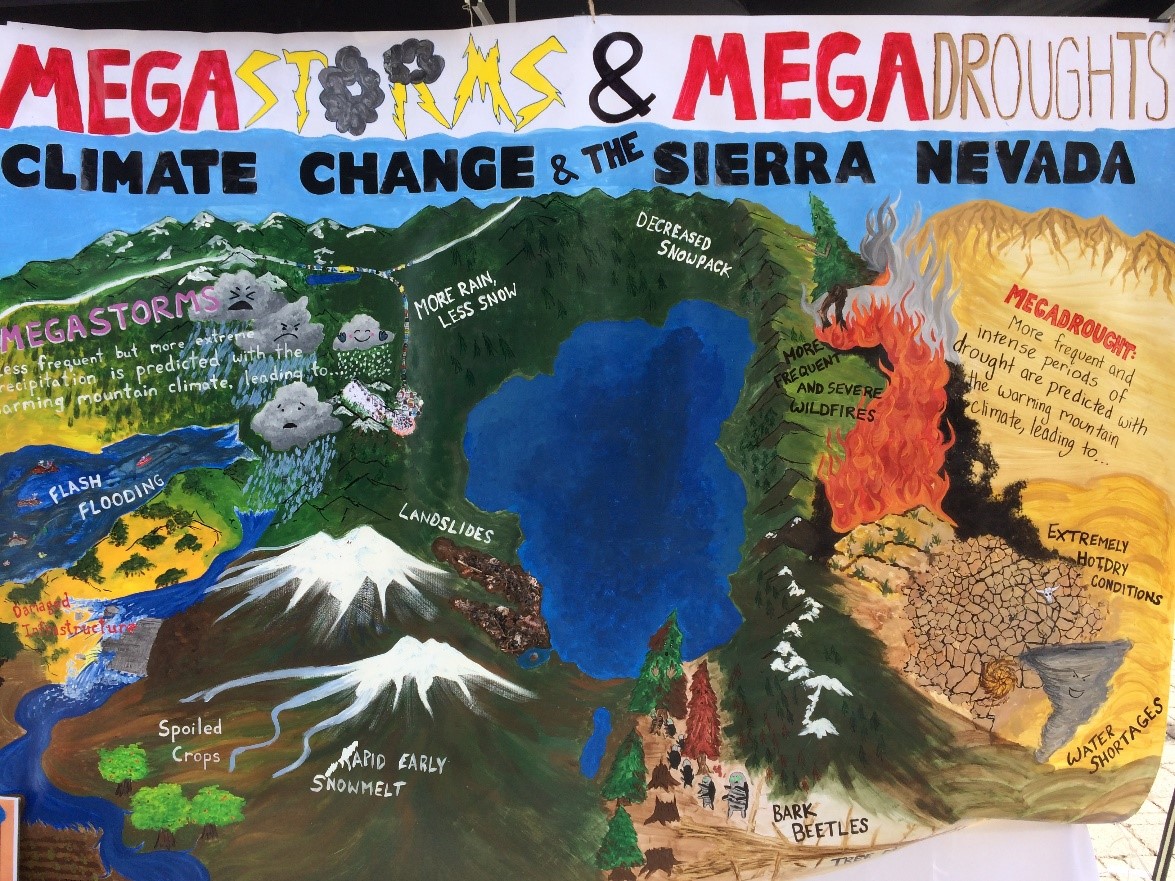 The greatest benefit the state and other organizations can bring to Sierra jurisdictions is additional funding, free training, resources and staff support – particularly when new mandates are required of local governments, like requiring climate change to be incorporated into general plans. This is somewhat mitigated by the Beacon Program, which provides access to resources and best practice sharing; Alpine County was able to take temporary advantage of this program with the help of the CivicSpark Fellow, though additional staff support will be necessary for continued engagement. Otherwise, these jurisdictions simply do not have the capacity to devote the resources necessary to plan for climate change. This is especially problematic because resources are often given based on population density; this dispersal of funding ignores the unique challenges of managing large tracts of land, forest, water, and wildlife, all of which provide uncounted benefits to all of California. These resources and populations are front line communities, though they may be rural – and they need more funding and staff time.
The greatest benefit the state and other organizations can bring to Sierra jurisdictions is additional funding, free training, resources and staff support – particularly when new mandates are required of local governments, like requiring climate change to be incorporated into general plans. This is somewhat mitigated by the Beacon Program, which provides access to resources and best practice sharing; Alpine County was able to take temporary advantage of this program with the help of the CivicSpark Fellow, though additional staff support will be necessary for continued engagement. Otherwise, these jurisdictions simply do not have the capacity to devote the resources necessary to plan for climate change. This is especially problematic because resources are often given based on population density; this dispersal of funding ignores the unique challenges of managing large tracts of land, forest, water, and wildlife, all of which provide uncounted benefits to all of California. These resources and populations are front line communities, though they may be rural – and they need more funding and staff time.
One additional challenge is the difficulty in measuring voluntary energy efficiency measures, such as how many residents installed LED lights after seeing the flier or attending the Energy Fair. As such, it was difficult to measure the success of primarily outreach-driven campaigns.
Outcomes
The main outcomes of this project were the implementation of energy action plans for Alpine and Sierra Counties, and the extension and growth of Sierra CAMP’s network. Specific outcomes for Alpine and Sierra County included organizing two Title 24 trainings, updates on energy efficiency programs & resources via events, website updates, working group engagement, and curriculums provided to each school district within the counties. Each of these increased knowledge and access to resources for county staff, and strengthened partnerships with local non-profits, businesses, other jurisdictions, and utilities. In Alpine County, a regional assessment of climate impacts and resources for addressing these impacts was conducted.
Replicability
The approach taken to engage Sierra communities on climate change adaptation and planning is replicable in other parts of California, particularly those that are rural and face similar challenges. The most replicable parts of this project are the educational and community engagement portions, particularly the webinars, free training workshops, policy memos, events, and working groups. Each of these made it possible for stakeholders to participate, either remotely or in person, according to their ability (for instance, recorded webinars allowed stakeholders to engage without incurring long travel costs and on their own time). In particular, a communications emphasis on multiple benefit outcomes (such as cost savings, energy independence, etc.) in addition or even instead of direct climate benefits was critical to engaging diverse stakeholders with varying values and political perspectives. However, the most critical aspect of this overall project was the low-cost facilitation and coordination activities provided by the CivicSpark Fellow. Other jurisdictions can replicate this most easily by taking advantage of CivicSpark and any other staff capacity building programs.
Additional Resources
- http://www.tinyurl.com/sierracounty-energy
- http://www.tinyurl.com/alpinecounty-energy
- http://www.sbcsierracamp.org/

